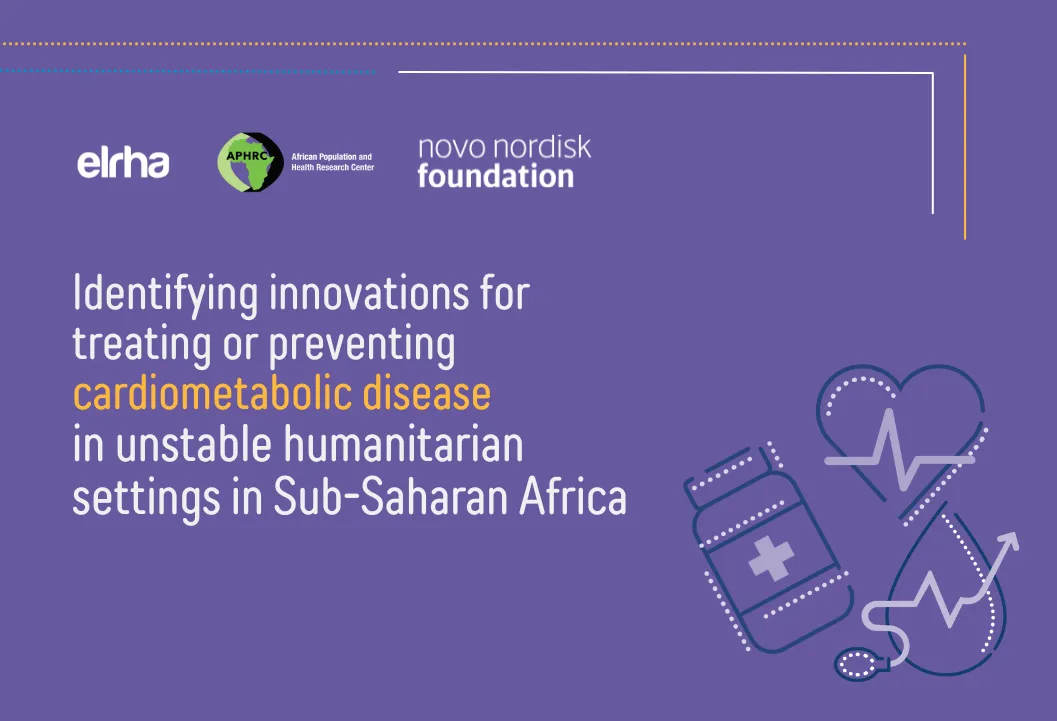Research Impact - ‘Evaluating the multi-sectoral impacts of COVID-19’

;
In the second of two blog posts I summarise the key findings and outline the anticipated impacts of the study on ‘Evaluating the multi-sectoral impacts of COVID-19’.
The primary objective of the study is to understand how the COVID-19 pandemic and its associated containment and closure policy measures affected multisector needs among crisis-affected populations. The research team set out to first understand what were the levels of pre-existing vulnerabilities and resilience and their associated factors, among the displaced and non-displaced communities of Afghanistan, Bangladesh, Central African Republic, Iraq, Libya, Nigeria, and Ukraine. Given the multifaceted nature of vulnerability and resilience, the research design approach was to measure vulnerability and resilience through the proxy of ‘access to healthcare facilities’ or ‘barriers to accessing healthcare facilities’ – and in doing so closely link pre-existing vulnerability to the impacts of COVID-19.
The study found that households with vulnerable members, such as those living with disabilities or chronic illnesses, households living further from healthcare facilities, lower-income and indebted households, and households already in need of humanitarian aid, remained at a heightened risk of exclusion from access to basic services and were susceptible to bear the negative impacts of potential shocks. Further study is required to closely examine the interactive effects of demographic and socioeconomic variables, and displacement status and other key variables. Since no single factor was able to predict levels of pre-existing vulnerabilities, future research would do well to be particularly sensitive to the specific contexts of the crises and the interplay between different variables of interest.
In a second step the researchers examined how prevalent different preventive measures such as handwashing, use of protective equipment, social distancing, and reducing mobility, were among the crisis-affected populations of Afghanistan, Bangladesh, and Ukraine, for which there was comparable data. The researchers also examined which demographic, socioeconomic, and humanitarian aid-related factors increased or decreased the likelihood of adopting specific preventive measures among the different populations of interest.
The research illustrated that while washing hands more regularly was by far the most widely adopted preventive measure across all cases and population groups, the practice of social distancing or reducing mobility varied significantly. The results underscore the role that information and messaging has played in the adoption of personal hygiene. However, understandably, those households engaging daily wage labour, frequent access to markets or other essential services, and those reliant on humanitarian aid were less likely to practice distancing measures. The disparity in results across countries and population groups also showed that further research is needed on the association between household characteristics and each specific preventive measure. Such future research would assist humanitarian actors and public institutions in tailoring their information and messaging to increase the likelihood of use of personal protective equipment, social distancing, and reducing mobility while ensuring access to basic services.
Finally, the research report compared MSNA 2019 and 2020 data to evaluate how needs across the humanitarian sectors had changed due to the COVID-19 pandemic and the containment and closure measures enacted by governments. The study found that COVID-19 and national preventive measures had a significant impact on the severity of needs of crisis-affected populations. Despite increased funding in response to the pandemic, access to healthcare remained limited. Policies restricting movement, and hence access to essential commodities and services, had direct and indirect effects on income-generation, and exacerbated pre-existing vulnerabilities, notably in the sectors of livelihoods, food security, education, health, and protection. Finally, the research also underscored the importance of a coordinated response between humanitarian actors and public authorities. In the cases where policy measures were strict but uncoordinated, the spread of the pandemic was limited; however, the severity of needs continued to rise due to the decreased footprint of humanitarian actors. In contrast, in cases where coordination among actors was increased, there were further efforts made to counteract the secondary negative impacts of prevention policies and measures.
While the research project largely achieved its stated objectives, it also highlighted areas requiring further exploration. In order to elicit global-level findings, future research would do well to compare similar crises (in terms of cause, nature, intensity, or duration) to control for common variables and identify context-specific factors where data is limited, or compare very different crises to identify common factors, where large quantitative data exist. As the global community continues to discover the extent and intensity of the impact of the pandemic on vulnerable communities, this current study provides a first important step in understanding not only the direct impacts, but also the unintended and secondary effects of the response to the pandemic, serving as a starting point for humanitarian practitioners, epidemiologists, and public policy-makers, to finely-tune their information and messaging campaigns, tailor their strategic and operational response to be context-specific, and adapt their guidance to field teams working with displaced and non-displaced populations.
Stay updated
Sign up for our newsletter to receive regular updates on resources, news, and insights like this. Don’t miss out on important information that can help you stay informed and engaged.
Related articles

.png)

Explore Elrha
Learn more about our mission, the organisations we support, and the resources we provide to drive research and innovation in humanitarian response.